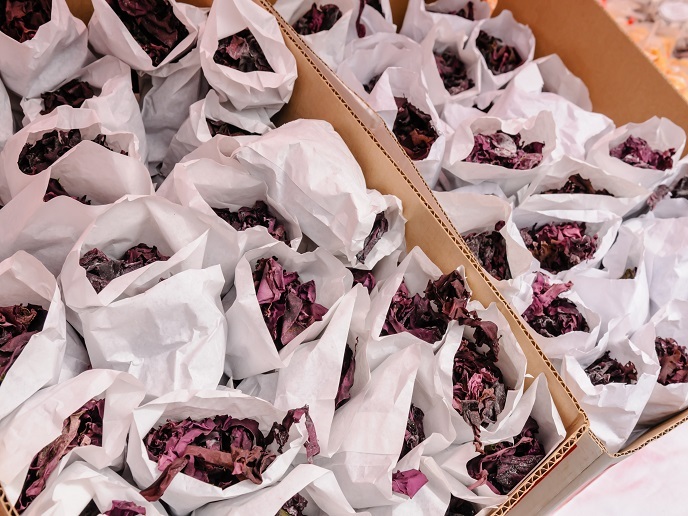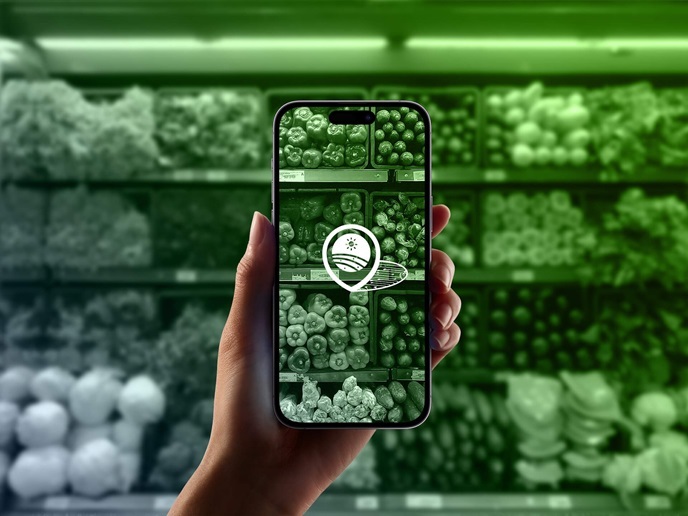Encouraging uptake of sustainable low trophic aquaculture
Feeding a growing global population is one of the biggest challenges facing humanity. It has been estimated that we will have to produce twice as much food by 2050 as we do now. “Agriculture currently occupies half the inhabitable land on Earth, uses 69 % of the available freshwater, and produces 25 % to 30 % of greenhouse gas emissions,” notes AquaVitae(opens in new window) project coordinator Philip James from Nofima(opens in new window) in Norway. “We need to diversify our food production systems away from unsustainable forms of resource extraction, and produce food in a way that does not have such a negative impact on the planet.”
An integrated multi-trophic approach
One viable option is to create a sustainable and competitive aquaculture industry. Despite more than 70 % of the world’s surface being covered by water, only 2 % of the world’s food supply is sourced from the sea. AquaVitae set out to address this, by finding ways of increasing production of low trophic(opens in new window) species across the Atlantic Ocean. The project began by identifying tasty, nutritional species such as seaweed, abalone, oysters and mussels, as well as sea cucumber and sea urchins, as future sustainable food and food ingredient options. The project also adopted an integrated multi-trophic aquaculture approach. Here, species from different trophic levels – from microalgae to finfish – were cultured together. “The idea is that you can use waste products and nutrients from higher trophic levels to feed lower trophic level species,” explains James. “This creates a circular economy, mitigating some of the environmental effects of growing single species separately.”
Pilot farming on land and at sea
The project team carried out a number of pilots. “On land, you have a more defined system that you can control and measure,” says James. “At sea, the environment is more dynamic. In this project, we looked at both.” In fjords off the Faroe Islands for example, the project team looked at salmon culture, to assess the beneficial effects of adding seaweeds and mussels. In more controlled environments on land, abalone were also cultured along with seaweeds and sea cucumbers. The land-based culture of shrimp in ponds was also analysed to see what species might thrive from shrimp waste, and new sulfur-detecting sensors tested. Achieving the right levels of sulfur is critical for successful shrimp farming. The project team also looked at consumer perceptions of aquaculture. Researchers found that consumers were willing to pay up to 50 % more for seafood products based on the high nutritional quality of the products, and up to 40 % more for products that are certified as environmentally friendly.
Benefits of the low trophic aquaculture approach
The project successfully demonstrated numerous benefits to low trophic aquaculture. The key findings are available in an accessible legacy booklet(opens in new window). “For me, aquaculture of low trophic species is a no-brainer,” adds James. “We need a lot more food, and we need to produce this in a sustainable way. Aquaculture is the most sustainable method.” Another highlight of the project for James was the comprehensive exchange programme for early-career researchers. This enabled 13 young scientists to spend time and carry out their work in another country. “These are the people that will carry on the results and the messages of AquaVitae into the future,” he says.







